Optimal Timing for Hospital Equipment Moves
Hospital equipment moving is a critical process that requires careful planning and timing to minimize disruption to medical services. The optimal time for such moves often depends on hospital schedules, patient load, and operational demands. Typically, off-peak hours or scheduled maintenance periods are preferred to ensure safety and efficiency.
Scheduling moves during low patient volume times reduces impact on hospital operations and patient care.
Aligning equipment moving with hospital downtime or maintenance windows ensures smoother transitions.
Early mornings, late evenings, or weekends are ideal for minimizing operational interruptions.
Timing moves with sufficient lead time helps coordinate staff and resources effectively.
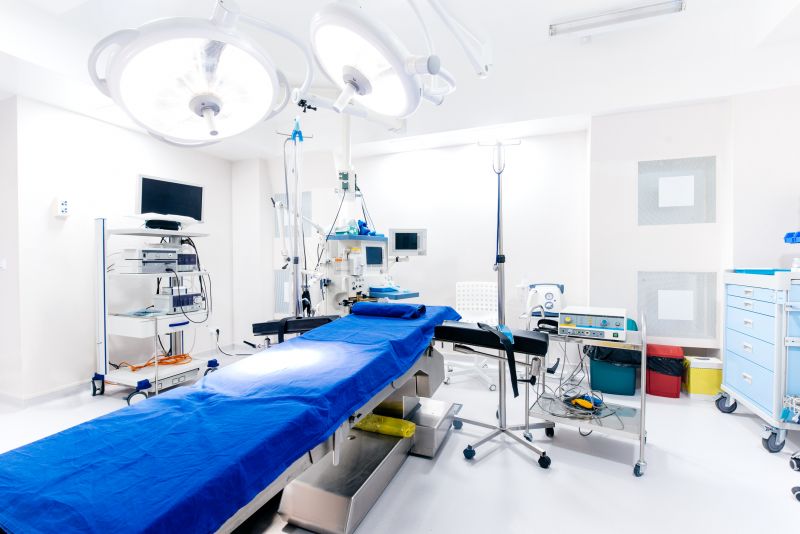
Image depicting staff carefully relocating hospital equipment.

Image of hospital staff working during late evening hours.
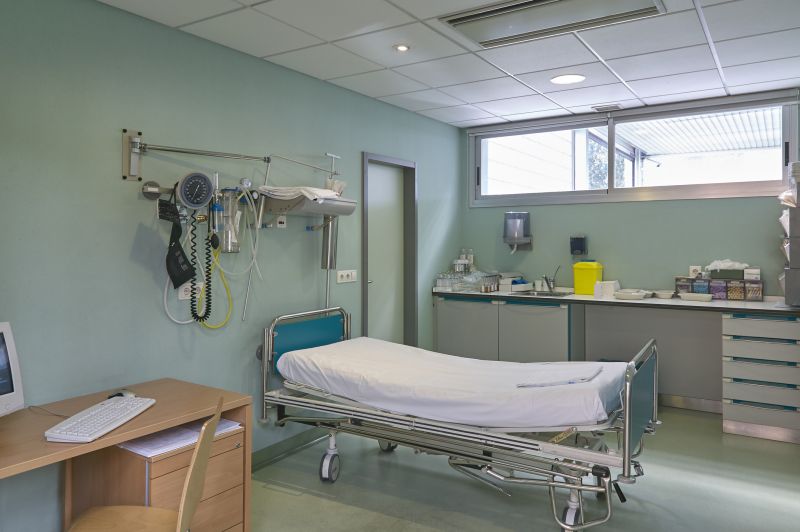
Image showing planning and setup before moving hospital equipment.

Ways to make Hospital Equipment Movings work in tight or awkward layouts.
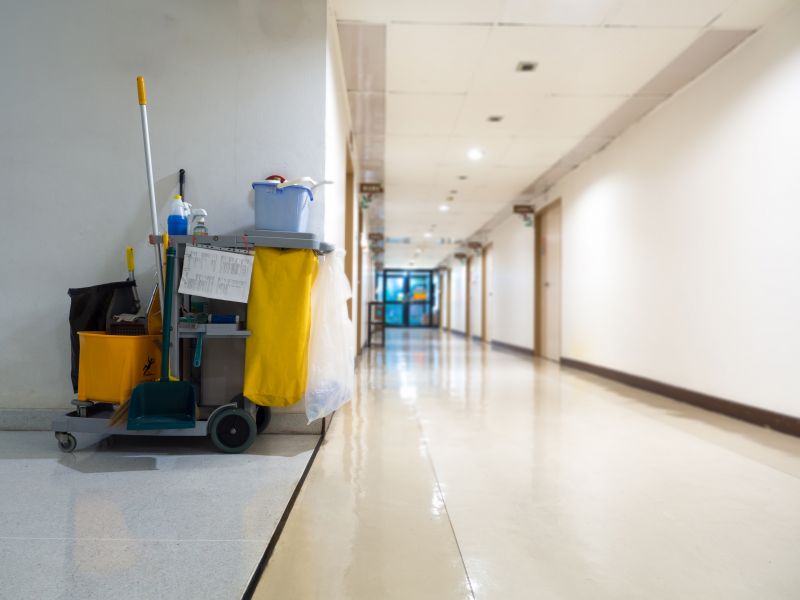
Popular materials for Hospital Equipment Movings and why they hold up over time.
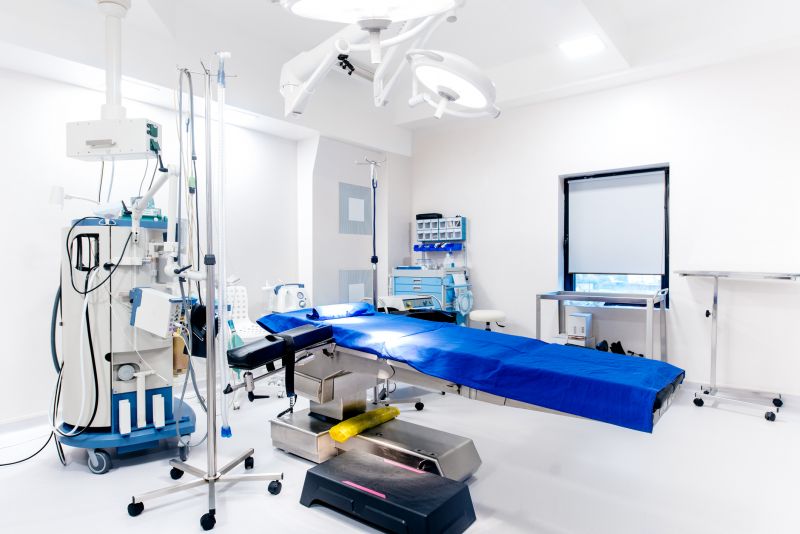
Simple add-ons that improve Hospital Equipment Movings without blowing the budget.
Hospital equipment moving involves relocating medical devices, machinery, and supporting infrastructure within healthcare facilities. Proper timing ensures minimal disruption to clinical operations and patient safety. Advanced planning and coordination with hospital staff are essential to execute moves efficiently. Statistics indicate that poorly timed equipment relocations can lead to delays in patient care and increased operational costs.

Image of technicians moving large hospital machinery.

Image of staff planning logistics for equipment transfer.
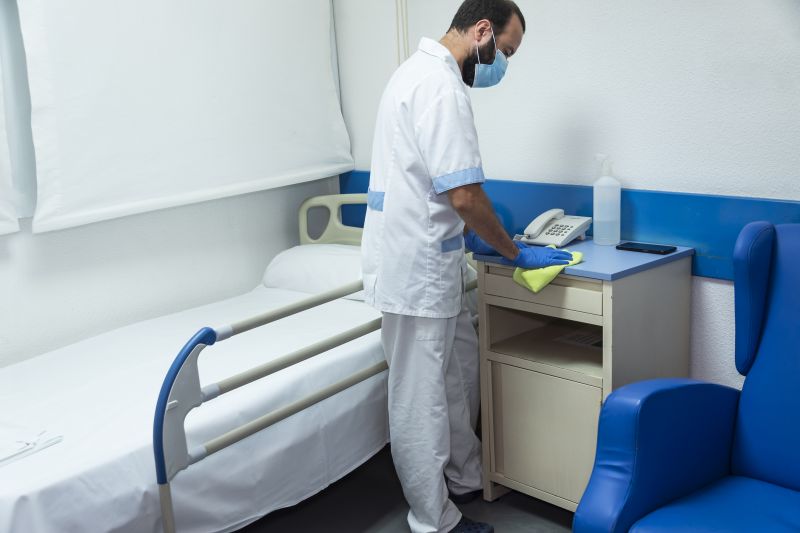
Image capturing late-night hospital equipment relocation.

Image showing packing and securing equipment prior to move.

High-end options that actually feel worth it for Hospital Equipment Movings.
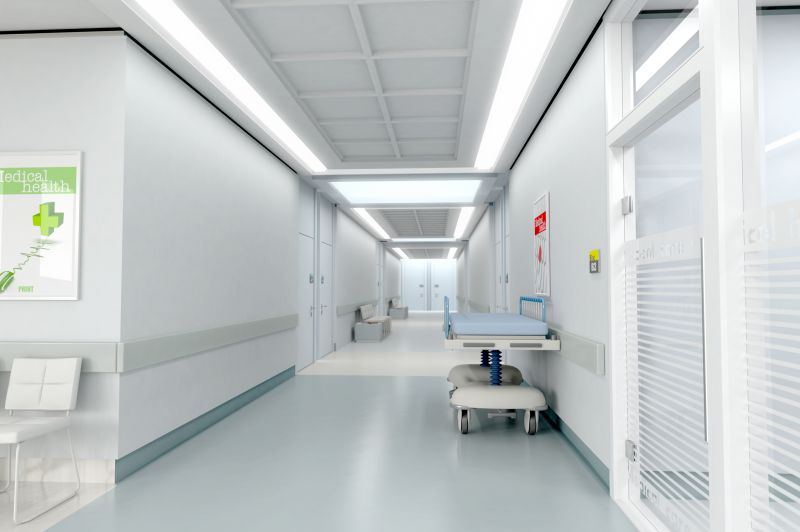
Finishes and colors that play nicely with Hospital Equipment Movings.

Little measurements that prevent headaches on Hospital Equipment Movings day.
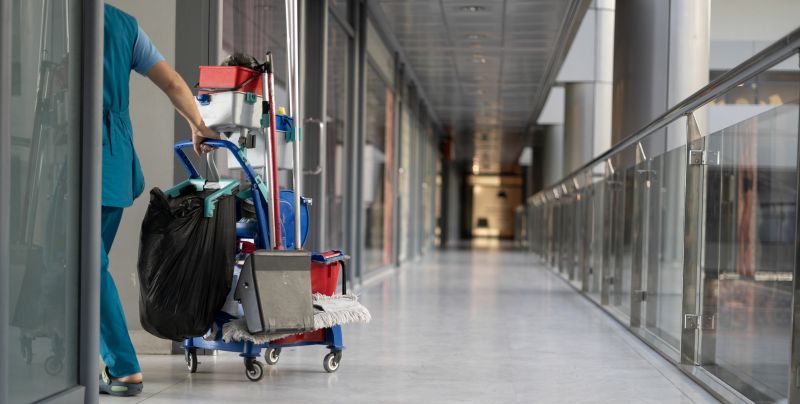
A 60-second routine that keeps Hospital Equipment Movings looking new.

A frequent mistake in Hospital Equipment Movings and how to dodge it.

Small tweaks to make Hospital Equipment Movings safer and easier to use.

Lower-waste or water-saving choices for Hospital Equipment Movings.
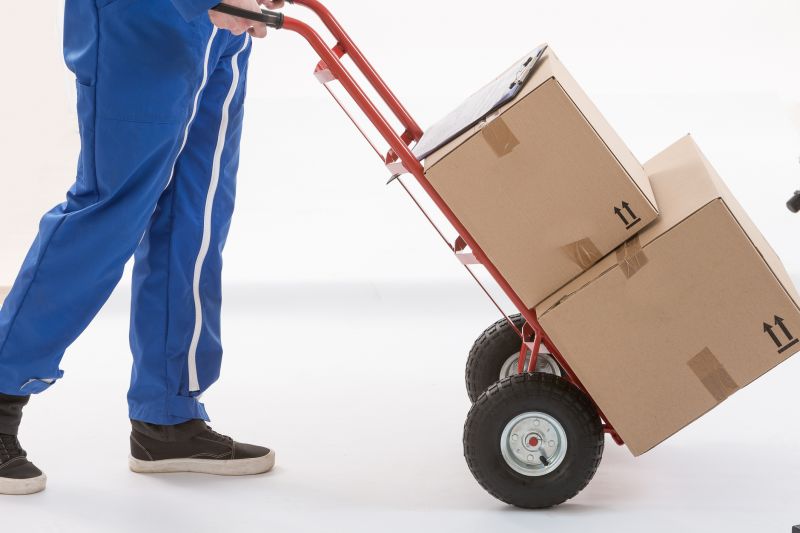
The short, realistic tool list for quality Hospital Equipment Movings.
| Consideration | Details |
|---|---|
| Hospital Schedule | Identify low-activity periods for moving operations. |
| Patient Care Impact | Schedule moves to avoid peak treatment times. |
| Staff Availability | Ensure adequate staffing during the move. |
| Equipment Readiness | Confirm all equipment is prepared and documented. |
| Emergency Planning | Have contingency plans for unexpected events. |
| Resource Allocation | Coordinate logistics and transportation resources. |
| Regulatory Compliance | Adhere to hospital policies and safety standards. |
| Post-Move Testing | Schedule inspections and calibration after relocation. |
Timing hospital equipment moves appropriately can enhance safety, reduce operational costs, and prevent service disruptions. Effective scheduling considers hospital workflows, staff availability, and patient needs. Properly executed moves contribute to maintaining high standards of healthcare delivery and equipment functionality.

Image of equipment prepared for relocation.

Image of staff executing a smooth transfer.

Image of technicians inspecting relocated equipment.

Rough timing from prep to clean-up for Hospital Equipment Movings.

Quick checks and paperwork to keep after Hospital Equipment Movings.

Examples that show the impact a good Hospital Equipment Movings can make.

Ways to make Hospital Equipment Movings work in tight or awkward layouts.

Ways to make Hospital Equipment Movings work in tight or awkward layouts.

Ways to make Hospital Equipment Movings work in tight or awkward layouts.
Interested in scheduling hospital equipment moving services? Filling out the contact form can provide more information and assistance tailored to specific needs. Proper timing and planning are essential for a seamless transition that supports ongoing healthcare operations.
